Pearrygin Lake State Park
- February 2, 2024
- 0 comment
Explore the beauty of Pearrygin Lake State Park: camp, hike, fish, and enjoy nature in Methow Valley, WA. Perfect for outdoor enthusiasts. Pearrygin Lake State Park, located in the scenic Methow Valley in Washington, offers a tranquil retreat for nature lovers.
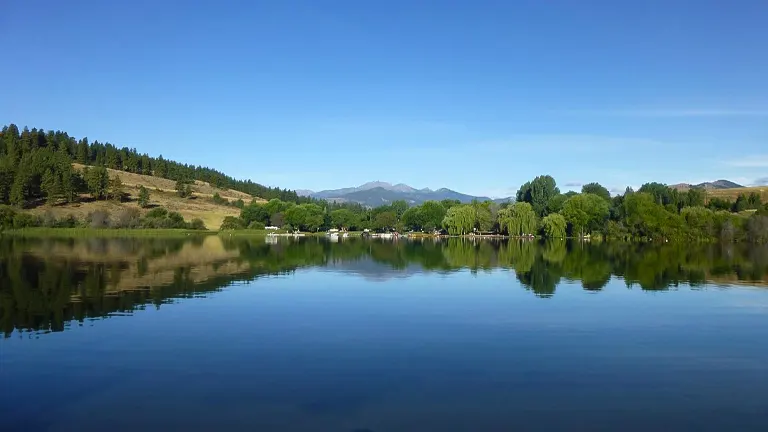
This state park is a haven for outdoor enthusiasts, featuring a wide array of activities such as swimming, fishing, hiking, and camping. With its lush landscapes, clear waters, and abundant wildlife, Pearrygin Lake State Park provides a picturesque backdrop for a myriad of recreational opportunities.
Characterizing Features of Pearrygin Lake State Park
- Scenic Pearrygin Lake: The centerpiece of the park, Pearrygin Lake, is a crystal-clear body of water surrounded by rolling hills and lush vegetation. This tranquil lake not only provides a picturesque setting for a variety of water-based recreational activities but also serves as a habitat for numerous aquatic species. Its serene beauty attracts photographers, nature lovers, and those seeking a peaceful retreat in nature.
- Diverse Recreational Opportunities: From hiking and mountain biking on miles of scenic trails to swimming, fishing, and boating on the lake, Pearrygin Lake State Park offers a wide range of activities. This diversity ensures that everyone, regardless of age or interest, can find something enjoyable to do, making it an ideal destination for families, adventure seekers, and outdoor enthusiasts alike.
- Rich Wildlife: The park is home to a rich array of wildlife, including deer, beavers, and numerous bird species such as ospreys and eagles. This biodiversity not only adds to the park’s natural charm but also provides ample opportunities for wildlife observation and photography. The presence of such varied fauna highlights the park’s role as an important natural habitat and a key area for conservation.
- Seasonal Beauty: Pearrygin Lake State Park is renowned for its seasonal beauty, offering different experiences and landscapes throughout the year. From the wildflowers blooming in spring and the warm, sunny days of summer to the vibrant fall foliage and the snow-covered tranquility of winter, each season brings its own unique charm. This year-round appeal makes it a destination that visitors can enjoy regardless of when they choose to explore.
- Conservation and Education: The park is not only a recreational haven but also a place for conservation and environmental education. Through careful management of natural resources and educational programs, visitors can learn about the importance of preserving natural habitats and the ways in which human activities impact the environment. This focus on conservation ensures that the park remains a pristine natural area for future generations.
- Camping and Facilities: With well-maintained campgrounds, picnic areas, and restroom facilities, Pearrygin Lake State Park is equipped to provide visitors with a comfortable and enjoyable stay. Whether you’re pitching a tent under the stars or enjoying a family picnic by the lake, the park’s amenities cater to the needs of all visitors, enhancing the overall experience.
- Accessibility: The park’s commitment to accessibility ensures that visitors of all abilities can enjoy its natural beauty and recreational offerings. With ADA-accessible trails, picnic areas, and restrooms, Pearrygin Lake State Park is dedicated to being inclusive and welcoming to everyone.
History of Pearrygin Lake State Park
Pearrygin Lake State Park, nestled in the picturesque Methow Valley in North Central Washington, has a history that mirrors the broader narrative of the Pacific Northwest, intertwining natural beauty with human endeavor. The area surrounding Pearrygin Lake was originally inhabited by the Methow tribes, who utilized the land for fishing, hunting, and gathering, living in harmony with the seasons and the natural bounty of the region. As settlers moved into the valley in the late 19th and early 20th centuries, the landscape began to change, with agriculture and later, recreational activities, taking precedence. The lake itself was named after Ernest Pearrygin, an early settler whose family homesteaded in the valley and contributed to the development of the local community.

In 1964, Pearrygin Lake was transformed into a state park, following the Washington State Parks and Recreation Commission’s decision to preserve the area’s natural beauty and recreational potential for future generations. This transition marked the beginning of a new chapter in the area’s history, one focused on conservation, education, and public enjoyment. Over the years, Pearrygin Lake State Park has grown in popularity, attracting visitors from across the state and beyond with its stunning landscapes, clear waters, and abundant recreational opportunities. Through careful management and a commitment to preserving the natural environment, the park serves as a living reminder of the importance of protecting Washington’s natural heritage while providing a space for people to connect with nature and history.
Unique Ecosystem of Pearrygin Lake State Park
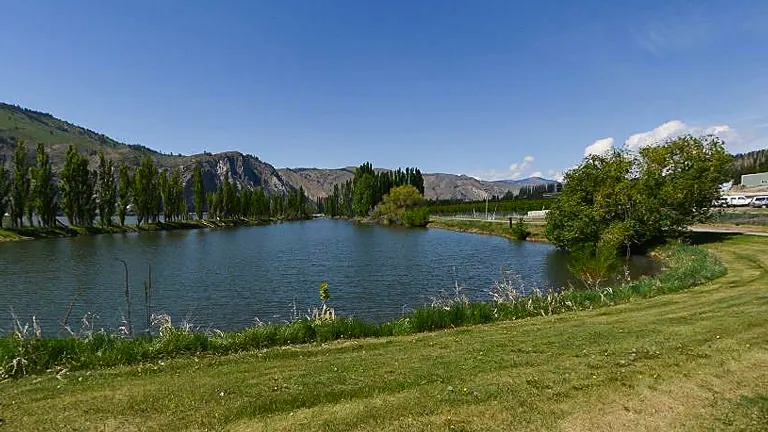
The park’s ecosystem is a tapestry of aquatic and terrestrial habitats, supporting a diverse array of flora and fauna. The lake itself is a focal point for biodiversity, acting as a crucial water source for the surrounding vegetation and wildlife. The surrounding areas, with their mix of forested hills and open meadows, create a varied ecological landscape that sustains various species.
Location of Pearrygin Lake State Park
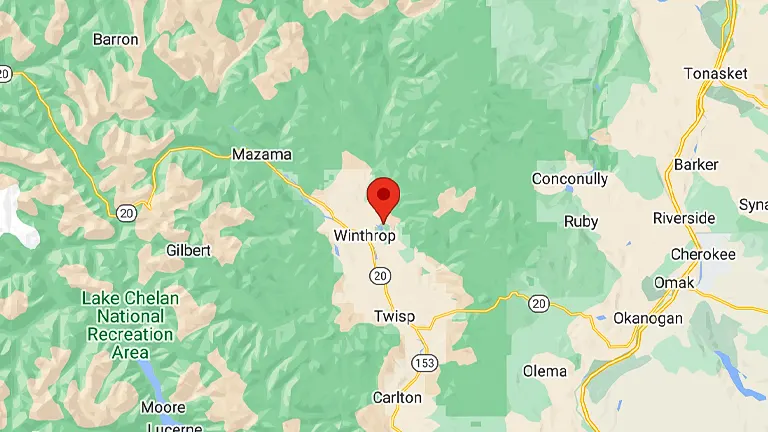
Pearrygin Lake State Park is located in the Methow Valley near Winthrop, in Okanogan County, Washington. It’s about 4 hours’ drive from Seattle, set in a region known for its scenic landscapes and outdoor recreational opportunities. Positioned within the North Central part of the state, the park offers access to the eastern shores of Pearrygin Lake, providing a gateway to explore the natural beauty and diverse activities available in this part of Washington.
Here are specific directions to help you reach Pearrygin Lake State Park:
1. From Seattle:
- Take I-5 N toward Everett.
- Merge onto US-2 E via Exit 194 toward Snohomish/Wenatchee.
- Follow US-2 E through Stevens Pass.
- In Wenatchee, take the WA-285 N exit toward Wenatchee/Chelan.
- Merge onto US-97 N toward Okanogan/Omak.
- Near Pateros, turn left onto WA-153 N toward Twisp/Winthrop.
- In Twisp, turn right onto WA-20 W toward Winthrop.
- Follow WA-20 W into Winthrop, then turn right onto East Chewuch Road.
- Turn left onto Bear Creek Road, following signs to Pearrygin Lake State Park.
2. From Spokane:
- Take US-2 W toward Davenport.
- Merge onto I-90 W via the exit on the left toward Seattle.
- Take the WA-17 N exit, Exit 179, toward Moses Lake/Omak.
- Turn left onto WA-17 N/N Stratford Rd. Continue to follow WA-17 N.
- WA-17 N becomes US-97, continue north.
- In Pateros, turn left to stay on US-97 towards Brewster/Omak.
- Follow the same route as above from Pateros on WA-153 N towards Twisp/Winthrop, then to the park.
3. From Vancouver, BC:
- Take BC-1 E/Trans-Canada Hwy toward Hope.
- Continue on BC-1 E. Take BC-3 E and US-97 S to WA-20 E in Okanogan County, United States.
- Follow WA-20 E towards Winthrop.
- In Winthrop, turn left onto East Chewuch Road.
- Turn left onto Bear Creek Road, following signs to Pearrygin Lake State Park.
4. Public Transportation Options:
- While direct public transportation options to Pearrygin Lake State Park are limited, visitors can take bus services to nearby towns such as Wenatchee or Twisp and then use local taxi services or arrange for a shuttle to the park. It’s important to plan this part of the journey in advance due to the rural location of the park.
The Importance of Conservation and Recreation in Pearrygin Lake State Park
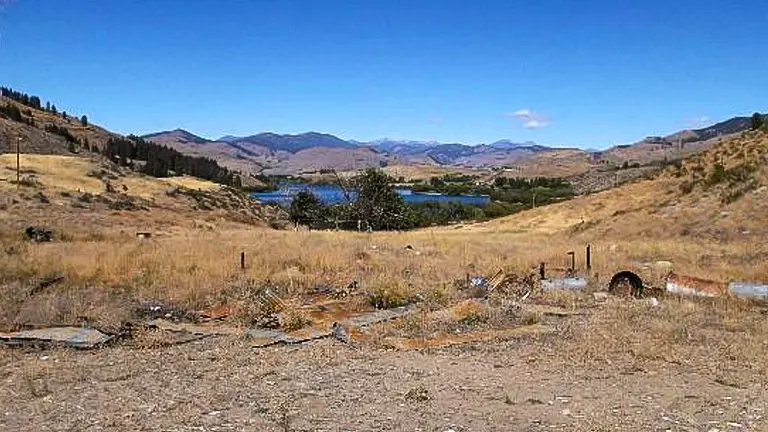
Pearrygin Lake State Park represents a delicate balance between promoting recreational activities and conserving the natural environment. Efforts to maintain the park’s biodiversity while accommodating visitors underscore the importance of sustainable tourism. Conservation programs aimed at protecting the lake’s water quality and supporting the habitat of native species are pivotal. These initiatives ensure that recreational activities, such as hiking and camping, do not detract from the park’s ecological health.
Diverse Vegetation and Plant Species in Pearrygin Lake State Park
- Ponderosa Pine (Pinus ponderosa): Dominating the park’s higher elevations, these towering pines are easily recognized by their thick, plate-like bark that smells like vanilla on warm days. They provide essential habitat for wildlife and contribute to the park’s majestic landscape.
- Douglas Fir (Pseudotsuga menziesii): A hallmark of the Pacific Northwest, Douglas firs are prevalent throughout the park, especially in moist, well-drained soils. These trees are vital for erosion control and as a source of shelter and food for various animal species.
- Quaking Aspen (Populus tremuloides): Often found in groves near water sources, these trees are known for their distinctive trembling leaves. The presence of aspen is indicative of the park’s varied moisture gradients and adds a dynamic element to the landscape.
- Sagebrush (Artemisia tridentata): Characteristic of the shrub-steppe ecosystem, sagebrush dominates the lower, drier areas of the park. This plant is a critical food source for many species, including the mule deer, and adds to the park’s aromatic profile.
- Bitterbrush (Purshia tridentata): Another important shrub in the park’s ecosystem, bitterbrush thrives in dry conditions and provides essential forage for wildlife during the winter months.
- Lupine (Lupinus): With their vibrant blue to purple flowers, lupines are a common sight in the park’s meadows and open woods. They play a key role in nitrogen fixation, improving soil health and supporting other plant life.
- Indian Paintbrush (Castilleja): These colorful wildflowers, ranging from orange to red hues, add splashes of color to the park’s landscape. Indian paintbrush is often found in well-drained, sandy soils and attracts a variety of pollinators.
- Arrowleaf Balsamroot (Balsamorhiza sagittata): A sunflower-like plant that carpets the park’s open areas with yellow blooms in the spring. It’s not only a beautiful sight for visitors but also a critical nectar source for bees and butterflies.
- Serviceberry (Amelanchier alnifolia): This shrub or small tree produces white flowers in early spring followed by edible berries. Serviceberries are an important food source for birds and mammals, and their presence is a sign of the park’s diverse understory vegetation.
- Wild Rose (Rosa): The park’s edges and open spaces are often adorned with the delicate flowers of wild roses. These plants provide habitat and food for wildlife, in addition to being a source of beauty and fragrance.
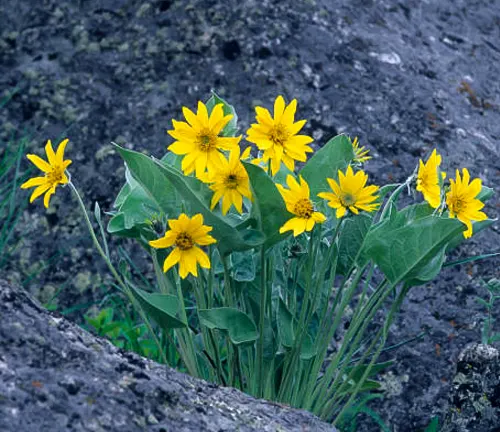
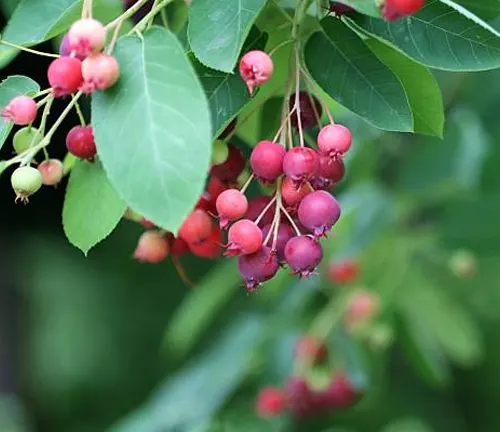
Fauna in Pearrygin Lake State Park
- Mule Deer (Odocoileus hemionus): These graceful creatures are commonly seen throughout the park, especially at dawn and dusk. Mule deer are vital to the park’s ecosystem, serving as prey for larger predators and playing a role in seed dispersal.
- North American Beaver (Castor canadensis): Beavers can be spotted around the lake’s edges and streams, where they build dams that create wetlands—critical habitats for other species. These wetlands also help to filter and store water, contributing to the overall health of the ecosystem.
- Osprey (Pandion haliaetus): Known as fish hawks, ospreys are often seen diving into the lake to catch fish. Their presence indicates healthy aquatic ecosystems and adds to the park’s biodiversity.
- Bald Eagle (Haliaeetus leucocephalus): These majestic birds of prey are occasional visitors, especially during the winter and early spring. Bald eagles are a symbol of wilderness and conservation success stories.
- Western Bluebird (Sialia mexicana): A splash of color against the park’s green backdrop, western bluebirds are often found in open fields and meadows. They rely on cavities in trees or nest boxes for breeding, feeding on insects and fruit.
- Coyote (Canis latrans): Coyotes play a crucial role in the park’s ecosystem as top predators, helping to maintain the balance of animal populations. They can be heard at night, contributing to the park’s wild ambiance.
- Raccoon (Procyon lotor): These adaptable mammals are often seen near the lake and campgrounds, scavenging for food. While cute, raccoons are wild animals and should not be fed or approached.
- Painted Turtle (Chrysemys picta): The painted turtle, with its distinctive colorful markings, inhabits the calm waters of Pearrygin Lake. They can be seen basking on logs or rocks on sunny days.
- Common Loon (Gavia immer): The haunting calls of the common loon are a treat for bird watchers in the park. Loons are diving birds, feeding on fish in the deeper parts of the lake.
- Pika (Ochotona princeps): Although more elusive and found in the rocky areas around the park, pikas are an interesting part of the ecosystem. Their presence indicates a healthy alpine environment.
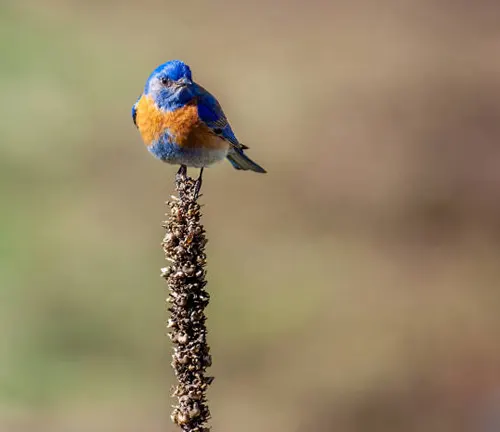
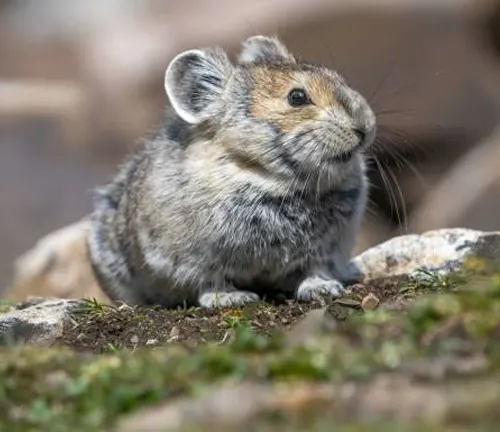
Attractions in Pearrygin Lake State Park
Pearrygin Lake: The centerpiece of the park, Pearrygin Lake, offers stunning views and a multitude of water-based activities. Visitors can enjoy swimming in the lake’s clear, refreshing waters or explore its expansive surface by kayak, canoe, or paddleboard. Fishing enthusiasts will find the lake stocked with trout, making for an excellent day of fishing. The surrounding landscape, a picturesque setting of hills and forests, provides a serene backdrop for relaxation and outdoor fun.
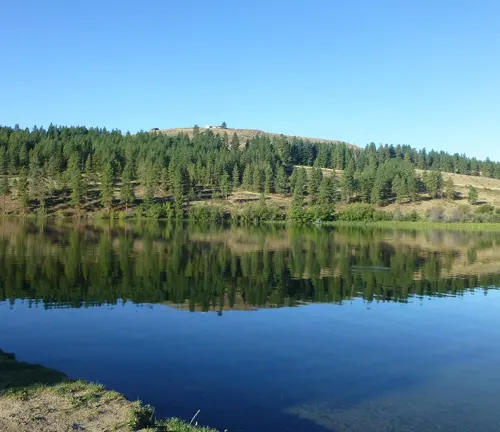
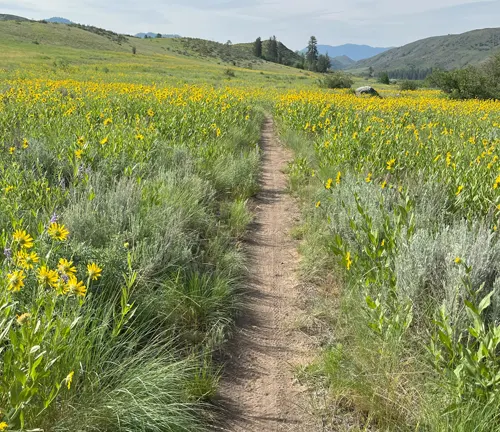
Rex Derr Trail: Named in honor of a former director of Washington State Parks, the Rex Derr Trail is a highlight for hikers. This trail winds through diverse landscapes, offering breathtaking views of the lake and valley. It’s accessible to hikers of all skill levels, providing a rewarding experience with opportunities to observe wildlife, wildflowers, and the changing seasons of the Methow Valley.
Cultural Heritage Sites: The park is home to several cultural heritage sites that offer a glimpse into the history of the Methow Valley and its early inhabitants. Visitors can explore these sites, learning about the Native American tribes that once thrived in the area, as well as the settlers who came later. Interpretive signs and exhibits provide educational insights into the people who have shaped the valley over the centuries.
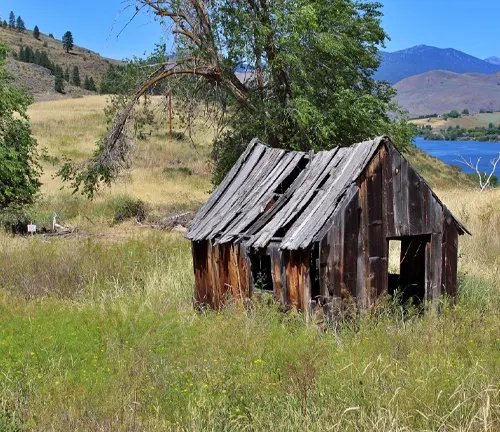
Recreational Activities in Pearrygin Lake State Park
- Camping: The park boasts several campgrounds with sites suitable for tents, RVs, and trailers, providing a perfect base for exploring the surrounding natural beauty. Campsites are equipped with modern amenities, including hook-ups and restroom facilities, ensuring a comfortable stay amidst the tranquil setting of the Methow Valley. Whether you’re looking for a secluded spot to reconnect with nature or a family-friendly site with easy access to park activities, Pearrygin Lake State Park has options to suit every camping style.
- Hiking: With miles of trails crisscrossing the park and its surroundings, hiking is one of the most popular activities. Trails range from easy walks suitable for families with children to more challenging hikes that offer rewarding views of the lake and valley. The Rex Derr Trail, in particular, is a favorite among visitors for its scenic vistas and the opportunity to observe local flora and fauna up close.
- Fishing: Pearrygin Lake is a favorite spot for anglers, stocked with rainbow trout and offering excellent fishing opportunities. Whether you prefer shore fishing or heading out on a boat, the lake provides a serene setting for a day of fishing. A valid Washington State fishing license is required, and visitors should check current regulations and catch limits to ensure a responsible and enjoyable fishing experience.
- Water Sports: The clear waters of Pearrygin Lake invite visitors to dive into a variety of water sports, including swimming, kayaking, canoeing, and paddleboarding. The park features designated swimming areas for safe, family-friendly fun, while the lake’s expanse is ideal for paddling adventures, offering a unique perspective on the park’s stunning landscapes.
- Winter Sports: When snow blankets the park in winter, it becomes a playground for snow sports enthusiasts. Cross-country skiing and snowshoeing trails allow visitors to explore the park’s winter wonderland, with trails suitable for various skill levels. The quiet beauty of the snow-covered landscape offers a peaceful escape and a chance to enjoy the outdoors during the colder months.
- Wildlife and Bird Watching: The diverse habitats within Pearrygin Lake State Park support an array of wildlife, making it an excellent location for wildlife and bird watching. From waterfowl on the lake to deer in the meadows and beavers along the streams, the park is a live gallery of the region’s natural inhabitants. Bird enthusiasts will also appreciate the variety of species that can be spotted throughout the year, including ospreys, bald eagles, and bluebirds.
- Picnicking: With numerous picnic areas scattered throughout the park, visitors can enjoy meals with a view. These areas are equipped with tables and grills, making them ideal spots for a family barbecue or a quiet lunch surrounded by nature. The picnic spots offer a chance to relax and savor the park’s serene environment, providing a perfect break between activities.
- Stargazing: The remote location and minimal light pollution make Pearrygin Lake State Park an exceptional spot for stargazing. On clear nights, the Milky Way, constellations, and planets are visible to the naked eye, offering a mesmerizing celestial show. Visitors are encouraged to bring telescopes or binoculars to enhance their stargazing experience, immersing themselves in the wonders of the night sky.
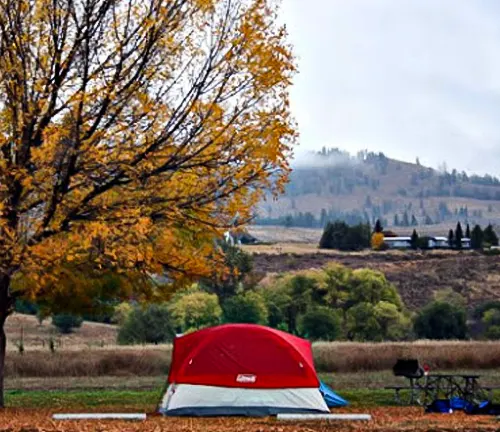
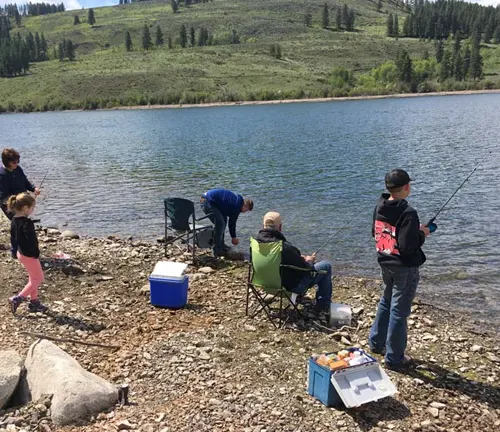
Different Facilities and Amenities in Pearrygin Lake State Park
- Campgrounds: The park offers multiple campgrounds with a range of camping options, including tent sites, RV sites with hookups, and group camps. These well-maintained areas provide visitors with the necessary infrastructure for a comfortable stay, including fire pits, picnic tables, and access to clean water. The campgrounds are strategically located to offer stunning views of the surrounding natural beauty and easy access to the park’s recreational activities.
- Restrooms and Shower Facilities: Clean and accessible restrooms and shower facilities are available throughout the park, ensuring convenience and comfort for all visitors. These facilities are maintained regularly, providing a refreshing and necessary amenity for campers and day users alike.
- Picnic Areas: Scattered throughout the park are numerous picnic areas equipped with tables and grills, perfect for family gatherings or a quiet meal in the great outdoors. These areas offer scenic spots to relax and enjoy the park’s tranquil environment, with some located near playgrounds or swimming areas for added convenience and enjoyment.
- Boat Launches: For those looking to explore Pearrygin Lake by boat, the park provides boat launches that accommodate both motorized and non-motorized vessels. These facilities offer easy access to the water, making it simple for visitors to enjoy fishing, kayaking, or leisurely boating on the lake.
- Playgrounds: Younger visitors will find enjoyment in the park’s playgrounds, which are designed to offer safe and fun outdoor play. Located near some of the picnic areas and campgrounds, these playgrounds provide a perfect outlet for children’s energy while allowing parents to relax in a beautiful natural setting.
- Hiking Trails: The park features an extensive network of hiking trails that cater to all levels of hikers, from leisurely walks to more challenging hikes. These trails are well-marked and maintained, providing safe and enjoyable access to the park’s diverse landscapes, including forests, meadows, and lakeside paths.
- Swimming Areas: Designated swimming areas in Pearrygin Lake offer a refreshing way to cool off during the warmer months. These areas are marked for safety and provide a relaxing beach experience with the stunning backdrop of the Methow Valley’s natural beauty.
- Visitor Center: The visitor center at Pearrygin Lake State Park serves as an informational hub, offering educational displays about the park’s history, geology, and wildlife. Staffed by knowledgeable park rangers, the visitor center is a valuable resource for learning about the park and planning your visit.
- Parking Areas: Ample parking is available throughout the park, providing convenient access to all major attractions and facilities. These parking areas are situated near campgrounds, picnic areas, trailheads, and the visitor center, ensuring easy accessibility for all visitors.
Tips and Advice for Visiting Pearrygin Lake State Park
- Plan Ahead and Reserve Early: Especially during peak season, campgrounds and facilities can fill up quickly. It’s wise to plan your trip well in advance and make reservations for camping or group activities. This ensures you have the desired spot and can enjoy your stay without the hassle of searching for last-minute accommodations.
- Pack Appropriately: Given the range of activities and the variable weather conditions in the Methow Valley, packing appropriately is crucial. Bring layers for changing temperatures, waterproof gear for unexpected rain, and sturdy footwear for hiking. Don’t forget sun protection, insect repellent, and all necessary equipment for your planned activities, such as fishing gear or water sports equipment.
- Leave No Trace: Preserving the natural beauty of Pearrygin Lake State Park is a collective responsibility. Follow Leave No Trace principles by packing out all trash, staying on designated trails to avoid damaging flora, and respecting wildlife by observing from a distance. Keeping the park pristine ensures its enjoyment for future visitors and the health of its ecosystems.
- Check Local Conditions: Before heading out, check the current weather conditions and any park advisories. This can include fire bans, trail closures, or special wildlife activity. Being informed can help you prepare adequately and avoid any inconveniences during your visit.
- Water Safety: If you plan to engage in water activities, prioritize safety by wearing life jackets and keeping a close watch on children and non-swimmers. Be aware of the lake’s conditions, as weather can change quickly, affecting water safety.
- Explore Beyond the Lake: While Pearrygin Lake is a major attraction, the surrounding area, including the Methow Valley and nearby trails, offers stunning landscapes and additional recreational opportunities. Consider dedicating time to explore outside the park to fully experience the area’s natural beauty and cultural heritage.
- Be Wildlife Aware: The park is home to diverse wildlife, including deer, beavers, and birds. Keep a safe distance from animals, secure your food to avoid attracting them to your campsite, and never feed wildlife. Understanding and respecting the park’s inhabitants contribute to a safe and enjoyable experience for everyone.
- Practice Fire Safety: If campfires are allowed during your visit, use designated fire pits and never leave a fire unattended. Be sure to completely extinguish your fire before leaving it. Following fire safety guidelines helps prevent wildfires and protects the park’s natural resources.
Recommendation
For those seeking a blend of adventure and tranquility, Pearrygin Lake State Park is a must-visit destination. Its diverse ecosystems and recreational opportunities cater to nature enthusiasts and families alike, offering a unique experience with each visit.
Conclusion
In summary, Pearrygin Lake State Park is a gem in Washington’s Methow Valley, offering a blend of natural beauty, recreational opportunities, and conservation efforts. It’s a haven for outdoor enthusiasts and families alike, providing a diverse array of activities against a backdrop of stunning landscapes. This park not only invites adventure but also encourages visitors to connect with nature in a meaningful way. Pearrygin Lake State Park is undoubtedly a must-visit destination for those seeking to explore the best of what Washington’s great outdoors has to offer.
FAQs
- What are the best activities for families at Pearrygin Lake State Park?
Families will enjoy a variety of activities such as picnicking by the lake, easy hiking trails suitable for all ages, swimming in designated areas, and exploring the visitor center for educational exhibits about the local ecosystem and history. - Can I reserve a campsite at Pearrygin Lake State Park, and how far in advance?
Yes, you can reserve a campsite. It’s recommended to book as early as possible, especially for peak summer months. Reservations can typically be made up to 9 months in advance through the Washington State Parks reservation system. - Are there any guided tours or educational programs available at the park?
During the summer months, Pearrygin Lake State Park often offers ranger-led programs and educational walks focusing on the local flora, fauna, and historical aspects of the Methow Valley. Check the park’s official website or contact the visitor center for the current schedule. - Is Pearrygin Lake State Park accessible for visitors with disabilities?
The park strives to be accessible to all visitors, with ADA-compliant facilities including restrooms and picnic areas. Some trails are also designed to accommodate visitors with mobility challenges. However, it’s a good idea to contact the park directly for specific accessibility information. - What wildlife might I see at Pearrygin Lake State Park?
The park is home to a variety of wildlife, including mule deer, beavers, and numerous bird species such as ospreys and bald eagles. Early morning or late evening are the best times for wildlife viewing. - Are there any restrictions on boating or water activities in the park?
Motorized and non-motorized boats are allowed on Pearrygin Lake, but there may be size or speed restrictions to protect the environment and ensure the safety of all visitors. It’s advisable to check the latest regulations on the park’s website before planning your water activities. - What should I do if I encounter wildlife while hiking or camping in the park?
Keep a safe distance from all wildlife and do not attempt to feed or approach them. If you encounter larger wildlife, such as deer, make your presence known by speaking loudly and backing away slowly. Always store food securely to avoid attracting animals to your campsite. - What measures should visitors take to protect the natural environment while at the park?
Visitors are encouraged to practice Leave No Trace principles, including packing out all trash, staying on designated trails to avoid damaging vegetation, and respecting wildlife habitats. Additionally, using eco-friendly products and minimizing water usage at campsites can help preserve the park’s natural resources.
Pearrygin Lake State Park, with its stunning landscapes, rich history, and diverse recreational offerings, is a jewel in the crown of Washington’s state parks. Whether you’re seeking a peaceful retreat in nature or an active outdoor adventure, Pearrygin Lake promises an unforgettable experience.

Benjamin Brooks
Forestry AuthorGreetings! I'm Benjamin Brooks, and my journey over the past 15 years has revolved around the fascinating realms of content creation, expertise in snow clearing, and the intricate world of lumberjacking and landscaping. What began as a simple curiosity about the natural world and heavy machinery has evolved into a passionate profession where my love for crafting words intertwines seamlessly with my lumberjacking and garden skills.

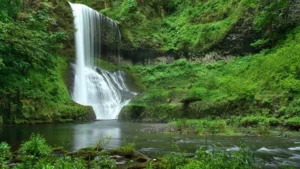


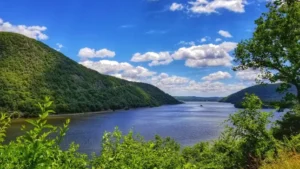


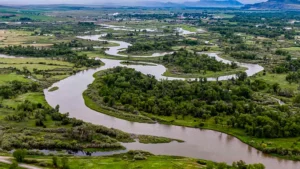
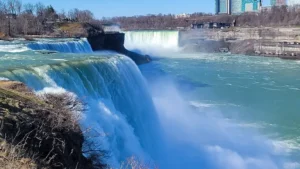
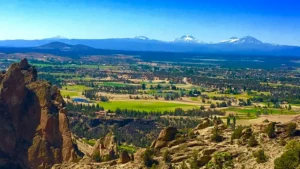
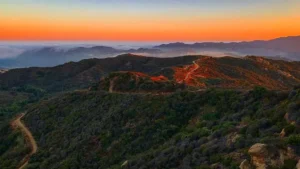
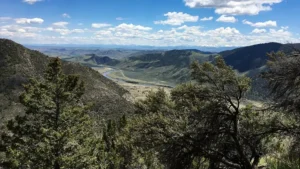
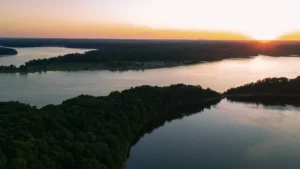
Leave your comment